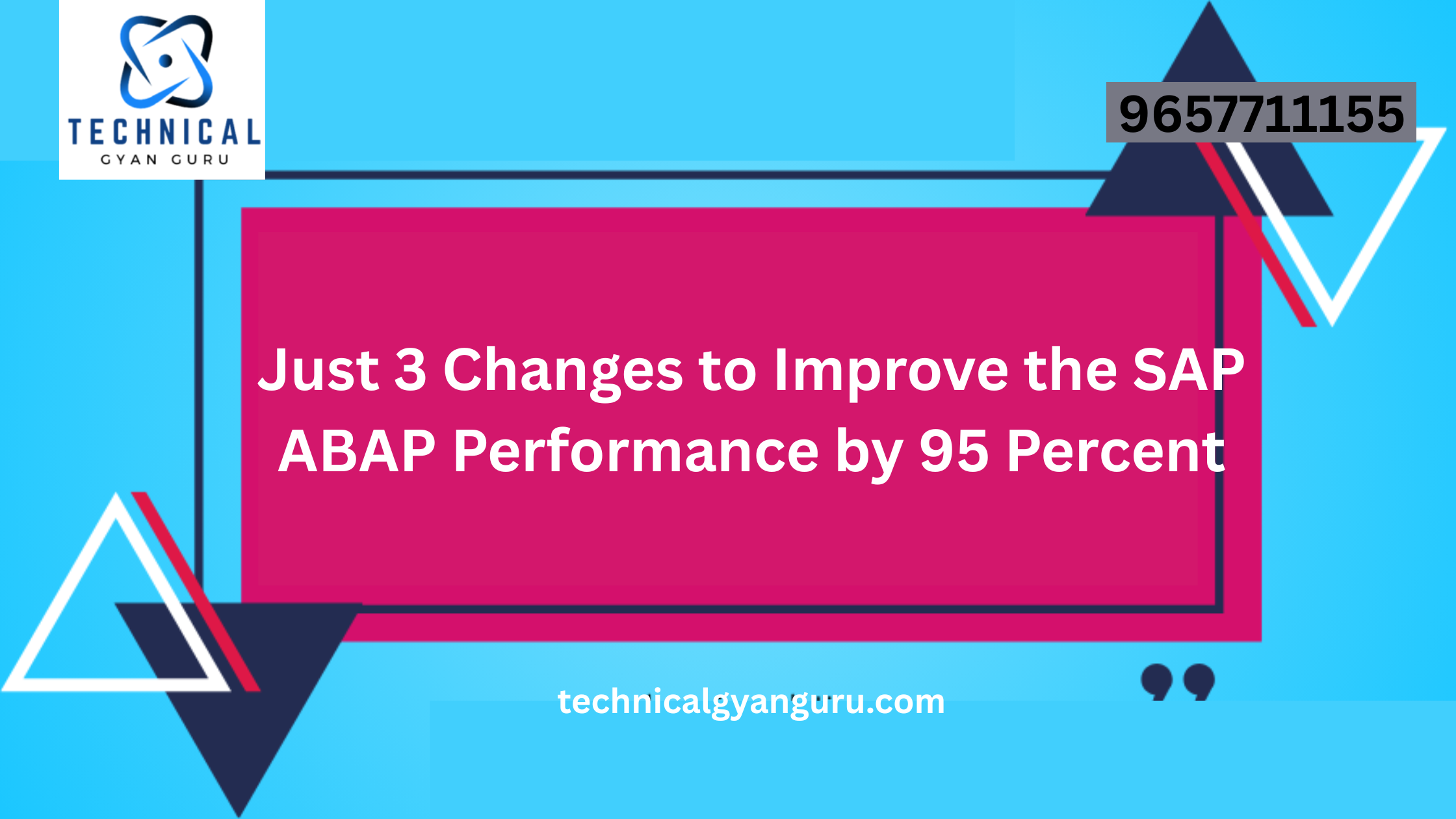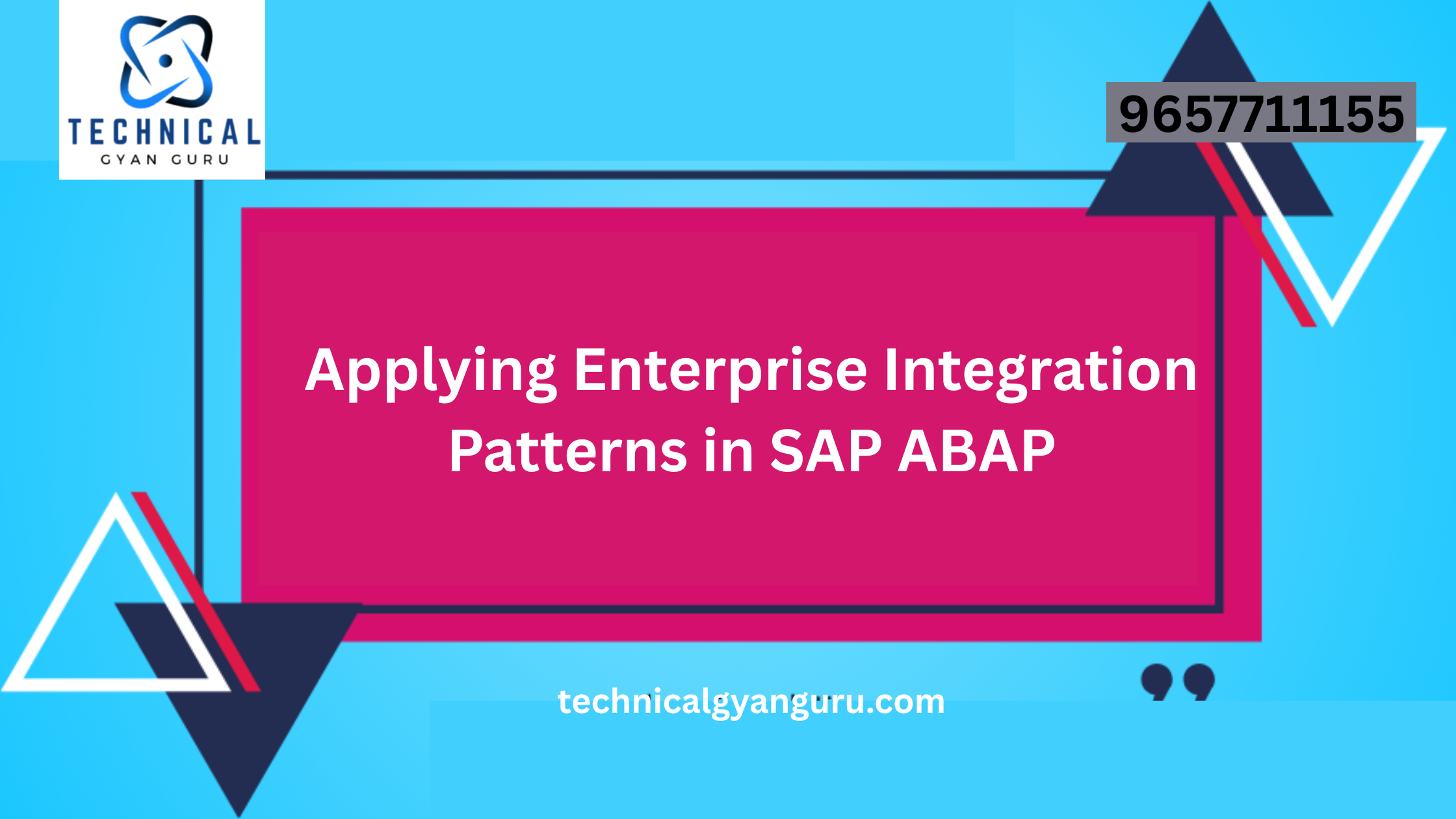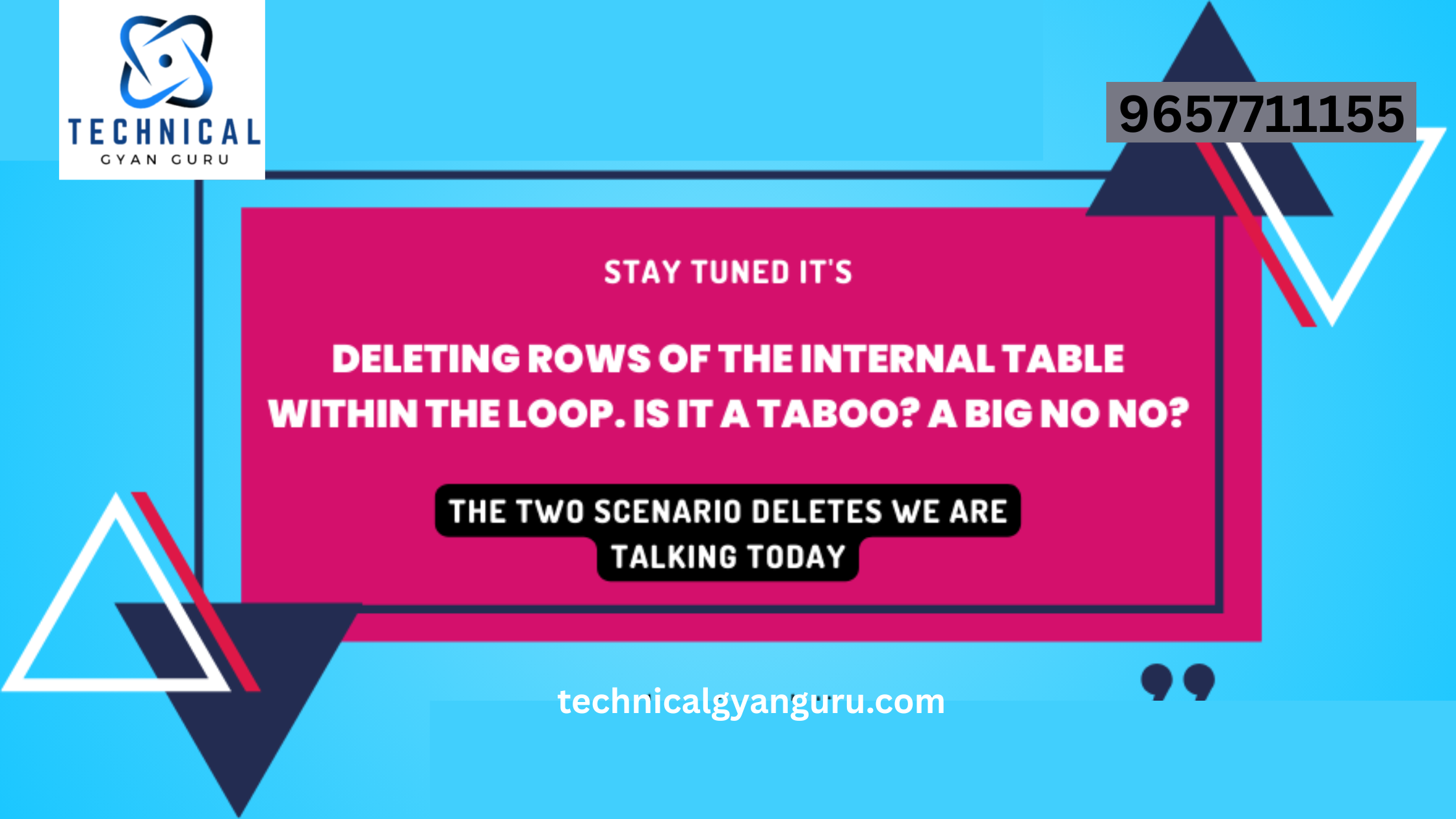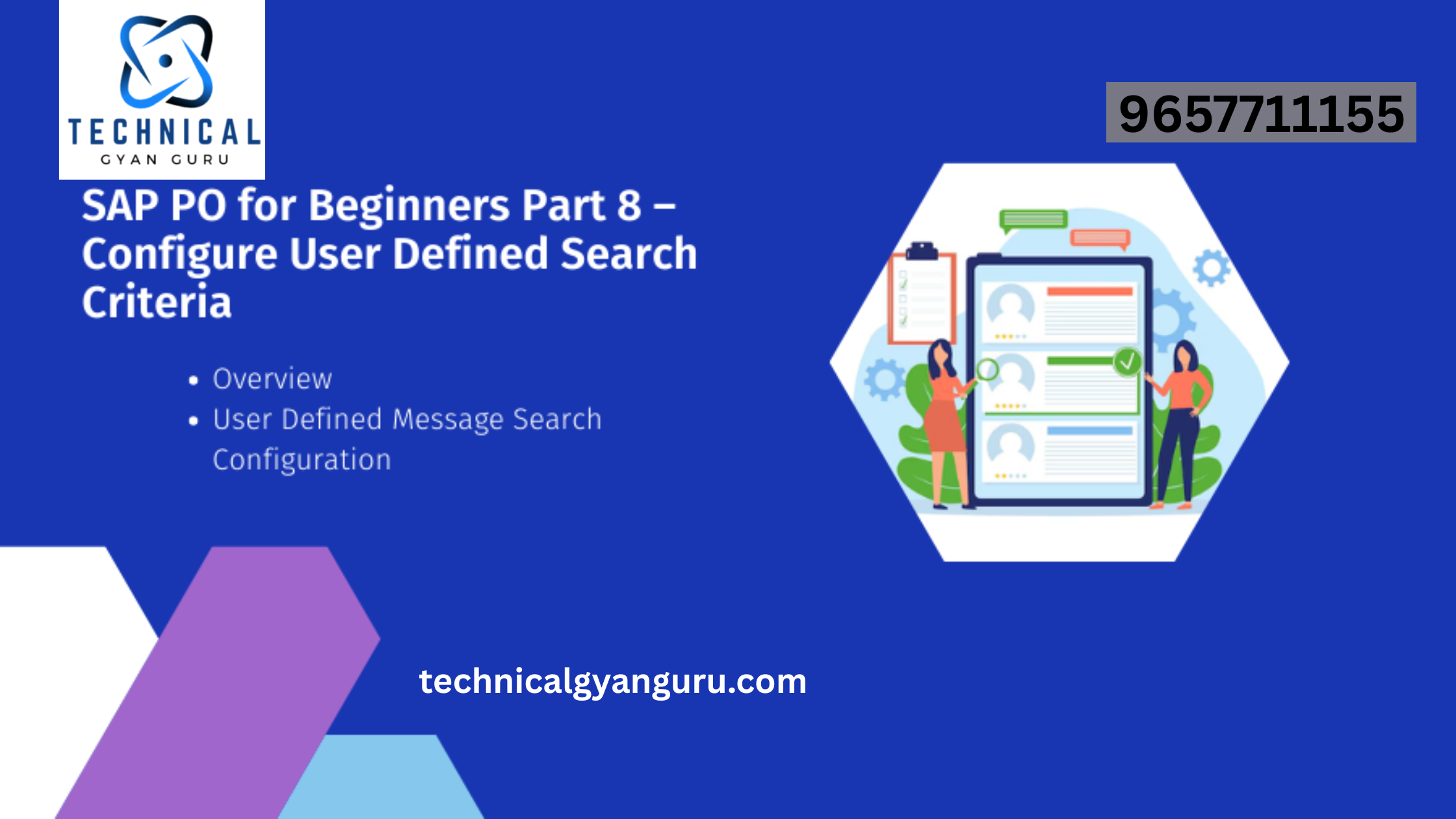Introduction: SAP PLM Transaction Codes
SAP PLM Transaction Codes: In the fast-paced world of product development and lifecycle management, organizations are turning to advanced solutions like SAP PLM (Product Lifecycle Management) to drive innovation and efficiency. At the heart of SAP PLM lie transaction codes, the keys to unlocking a world of functionalities that streamline processes from product conception to retirement. In this blog, we’ll explore the significance of SAP PLM transaction codes, their classifications, and how they empower organizations to navigate the intricate landscape of product lifecycle management with precision.
Understanding SAP PLM Transaction Codes:
SAP PLM transaction codes are alphanumeric shortcuts designed to provide users with quick access to specific functionalities within the SAP PLM module. These codes serve as the gateways to managing product information, design collaboration, and lifecycle processes. From creating product structures to managing change requests, SAP PLM transaction codes offer a direct route to essential PLM functions.
Classification of SAP PLM Transaction Codes:
- Product Structure Management (cProjects – PS):
- CN01: Create Project
- CN02: Change Project
- CN03: Display Project
- Document Management (DMS):
- CV01N: Create Document
- CV02N: Change Document
- CV03N: Display Document
- Material Master Data (MM):
- MM01: Create Material Master
- MM02: Change Material Master
- MM03: Display Material Master
- Change Management (CM):
- CC01: Create Change Master
- CC02: Change Change Master
- CC03: Display Change Master
- Project Portfolio Management (PPM):
- RPM: Portfolio Management
- PPM: Project Management
- cFolders: Collaboration Folders
Key Advantages of SAP PLM Transaction Codes:
- Holistic Product Lifecycle Management:
- Transaction codes within SAP PLM enable organizations to manage the entire product lifecycle, from project initiation to design, manufacturing, and retirement.
- Collaborative Design and Documentation:
- SAP PLM transaction codes facilitate collaborative design processes by providing quick access to document management and project collaboration functionalities.
- Efficient Change Management:
- PLM transaction codes streamline change management processes, allowing organizations to efficiently handle change requests, approvals, and implementation.
- Real-time Data Access:
- Users can utilize transaction codes to access real-time product data, ensuring that the information is up-to-date and accurate throughout the product lifecycle.
Tips for Efficient Use of SAP PLM Transaction Codes:
- Create Favorites:
- Use the “Favorites” functionality in SAP to create a personalized list of frequently used PLM transaction codes for quick access.
- Documentation and Training:
- Maintain documentation on commonly used transaction codes and provide training to users to enhance their proficiency in executing PLM tasks.
- Utilize Shortcuts:
- Memorize or document frequently used transaction codes to expedite the execution of common PLM processes.
- Stay Informed:
- Regularly update yourself on new or optimized transaction codes introduced by SAP to leverage the latest functionalities within the PLM module.
Conclusion:
SAP PLM transaction codes are the compass guiding organizations through the intricacies of product innovation and lifecycle management. As businesses strive for efficiency, collaboration, and compliance, mastering these transaction codes becomes essential. They are not just shortcuts; they are the keys to unlocking a seamless journey from idea conception to product retirement. In the dynamic world of product lifecycle management, these transaction codes are indeed the keys to innovation and operational excellence







